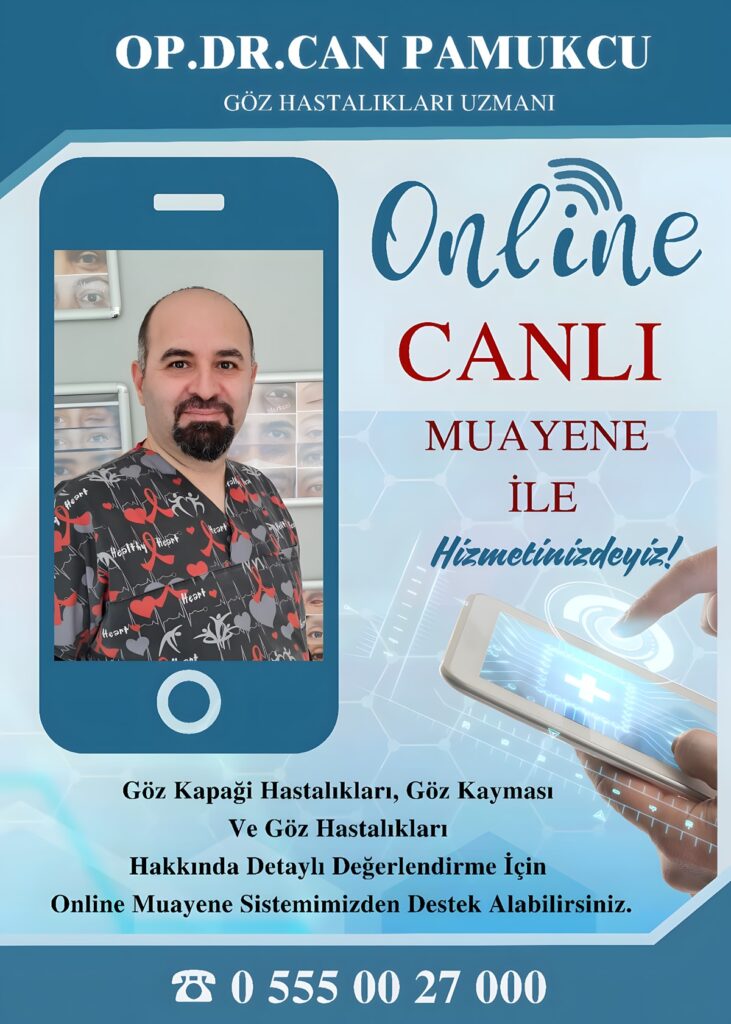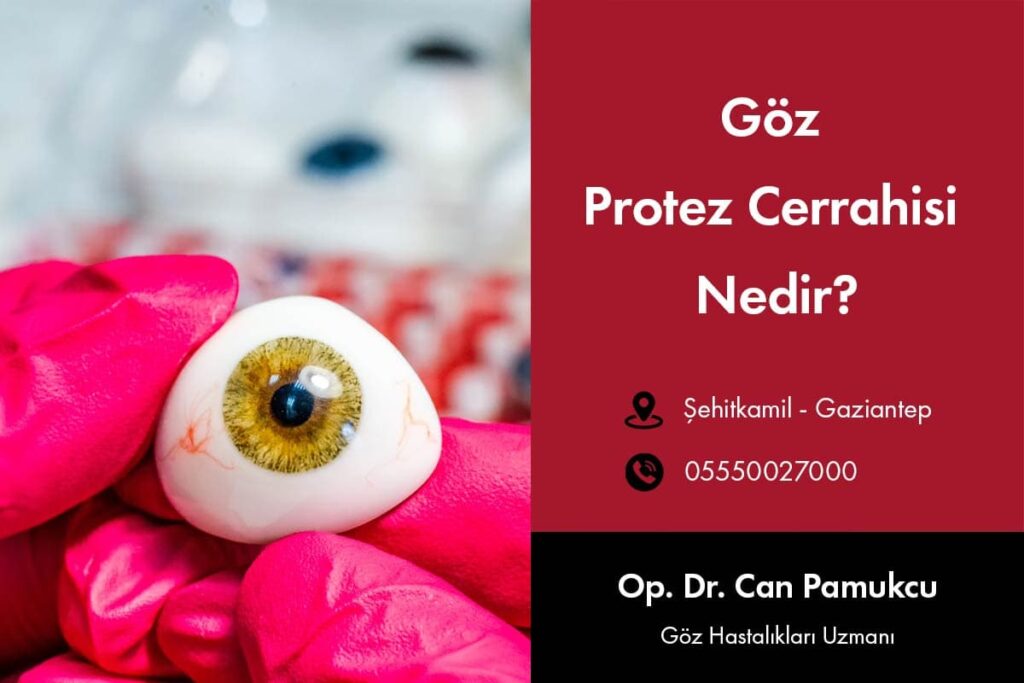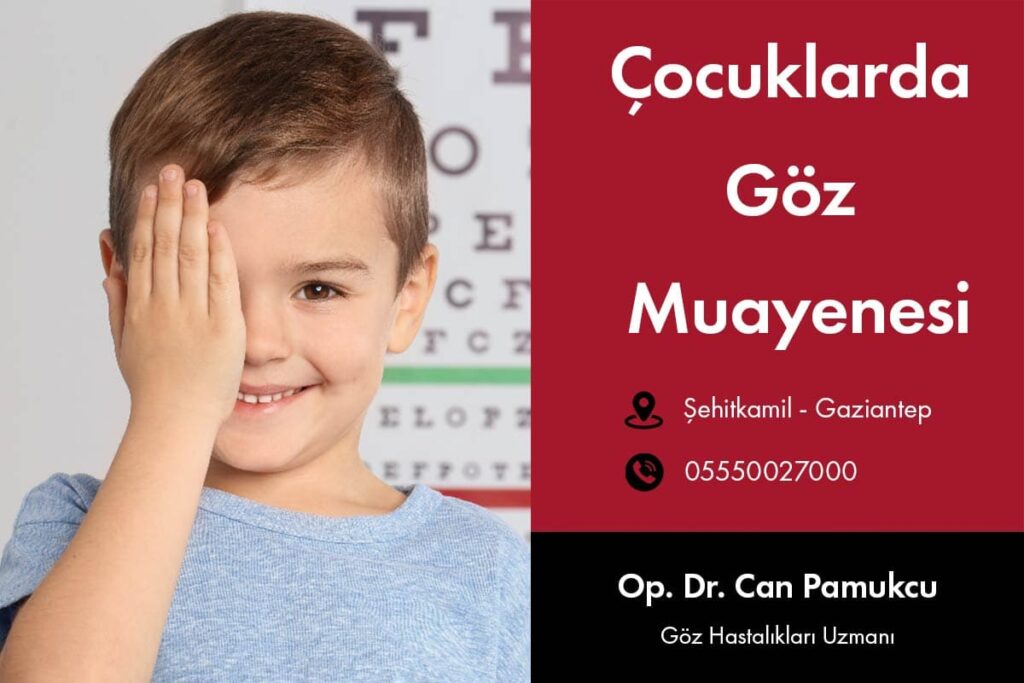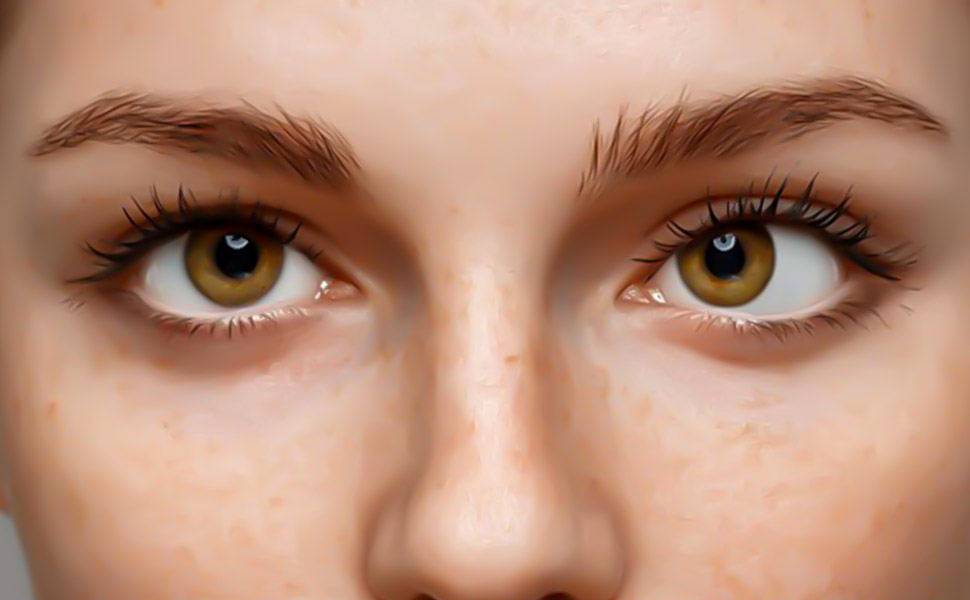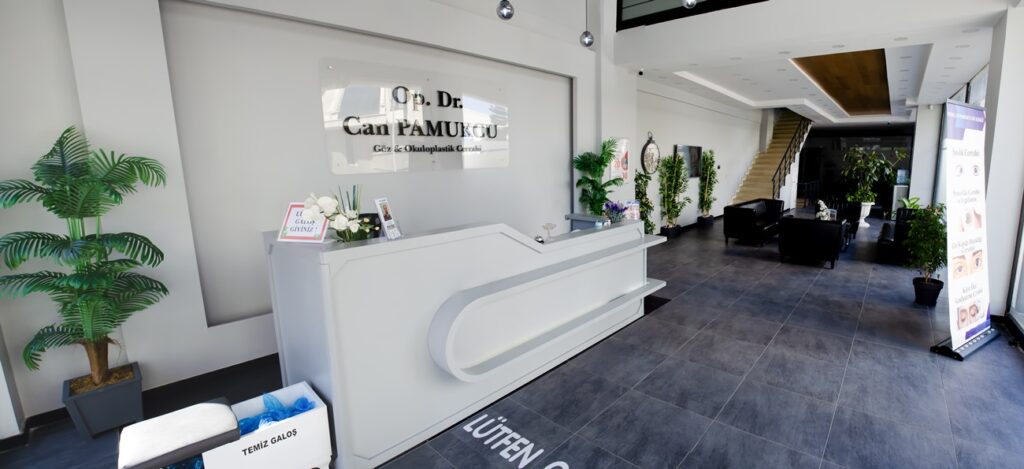
Eyelid surgery, also known as blepharoplasty, is a common cosmetic surgery procedure that can improve the appearance of drooping or drooping eyelids. It can also address issues caused by excess skin around the eyes.
While it can be a relatively simple and minor procedure, it can also be performed on patients requiring a more extensive surgical approach. Many people are justifiably apprehensive about surgery. This concern is understandable. The eye may become opaque and dry, so the surgery must be performed with care and supervision.
Having been doing eye area surgery for many years and having experience Op. Dr. Can Pamukcu , prepares you for the surgery by explaining everything you need to know about blepharoplasty before the surgery and providing you with complete information.
In this article, we'll explain how this procedure can benefit you, what it involves, and what you can add to your recovery process.
As we age, the skin around our eyes and eyelids can become saggy or loose. This can cause eye bags or heavy eyes. Some people have a combination of excess skin and fat pockets around their eyes, which can lead to the same tired-looking, drooping eyelids.
Excess skin around the eyes can also be caused by factors such as skin stretching due to long-term allergies or infections, smoking, or prolonged sun exposure.
Sometimes this excess skin can become heavy and affect vision, making it difficult to open the eyes. Other times, some people simply dislike the appearance of drooping eyelids.
In either case, a surgical procedure called blepharoplasty to remove excess skin or fat from the eyelids can help from medical, cosmetic, or both perspectives.
Blepharoplasty can be performed under local anesthesia.
It can also be performed under general anesthesia, where you are asleep throughout the procedure. However, this is not our preferred method. Symmetrical surgery is more likely to be performed under local anesthesia.
During your pre-operative evaluation, you should discuss your options, preferences, and your surgeon's preferences with your surgeon. Once your surgery is complete, you will be able to return home the same day.
Depending on whether you have upper eyelid surgery, lower eyelid surgery, or both, blepharoplasty involves your surgeon removing excess tissue that causes your eyelids to appear heavy, tired, or droopy.
Upper blepharoplasty is performed on the upper eyelids to help improve the tone and tension of the skin between the eyebrows and upper eyelashes. This will help minimize excess skin that can make the upper eyelids appear heavy and wrinkled.
To minimize scarring, we make an incision where the skin of your upper eyelid naturally creases. We then remove any excess tissue (this could be fat, muscle, or excess skin) that's causing your heavy eyelids before closing the incision with small stitches. These stitches are designed to dissolve or fall out within weeks of surgery.
Upper eyelid surgery can generally take between one and three hours, depending on surgical preferences.
Lower blepharoplasty is performed on the lower eyelids to help correct loose, sagging skin between the lower eyelashes and the upper cheeks, as well as eye bags. It can also help correct dark, wrinkled skin and puffiness under the eyes.
In lower eyelid surgery, we make an incision just inside the lower eyelid or just below the lower lash line. We then remove the loose, wrinkled skin and fatty tissue that cause the lower eyelids to sag and appear heavy. We then use dissolvable stitches to close the incision.
Lower eyelid surgery, like upper eyelid surgery, can usually take up to two hours.
After surgery, you will be given pain medication to use after the anesthesia wears off, and you may need to wear eye pads for a short time to minimize bruising.
The area around your eyes will feel tender, swollen, and bruised in the days after surgery, depending on whether you had upper eyelid surgery, lower eyelid surgery, or both. Your eyes may also feel dry.
You will be given full instructions on how to clean and care for your eyes in the weeks following surgery. Your surgeon will also give you antibiotics to take while your wounds heal to help prevent infection.
Swelling and bruising usually subside after a week, but it may take up to three months for the full benefits of eyelid surgery to be seen.
To recover from eyelid surgery, you will typically need to take about a week off work and regular duties. You should also avoid driving for a few days, or as long as your surgeon recommends.
The following tips will help you recover successfully:
- When resting, use more pillows than usual to keep your head upright to minimize swelling.
- Apply cold compresses to your eyes if your surgeon has said this is recommended.
- Wear wraparound sunglasses when outdoors to prevent irritation from strong sunlight, wind, dust, or dirt.
- Take paracetamol or ibuprofen to help with any pain
- You should follow our surgeon's advice on cleaning your eyes and what ointments and/or drops to use.
- You should avoid wearing contact lenses, swimming, or doing anything that might cause you to sweat.
- It's perfectly normal for your eyes to feel swollen and bruised for about a week after eyelid surgery. Be aware that your wounds may bleed slightly.
Potential risks of eyelid surgery include:
- Swelling around the eyes
- Dry eyes
- Numb eyes
- Watery eyes
- Difficulty closing your eyes
- A feeling of grittiness in the eyes
- Temporary, slightly blurred vision
If you experience any of the following problems, seek medical attention from our medical team:
- Severe eye pain
Any signs of infection, including:
- Leaky
- Severe bleeding or swelling
- The area around the eyes feels warm to the touch
- Blurred vision that gets progressively worse
- double vision
Our eye clinic has the latest technology, advanced equipment and expert staff, You can get information with online live examination.
